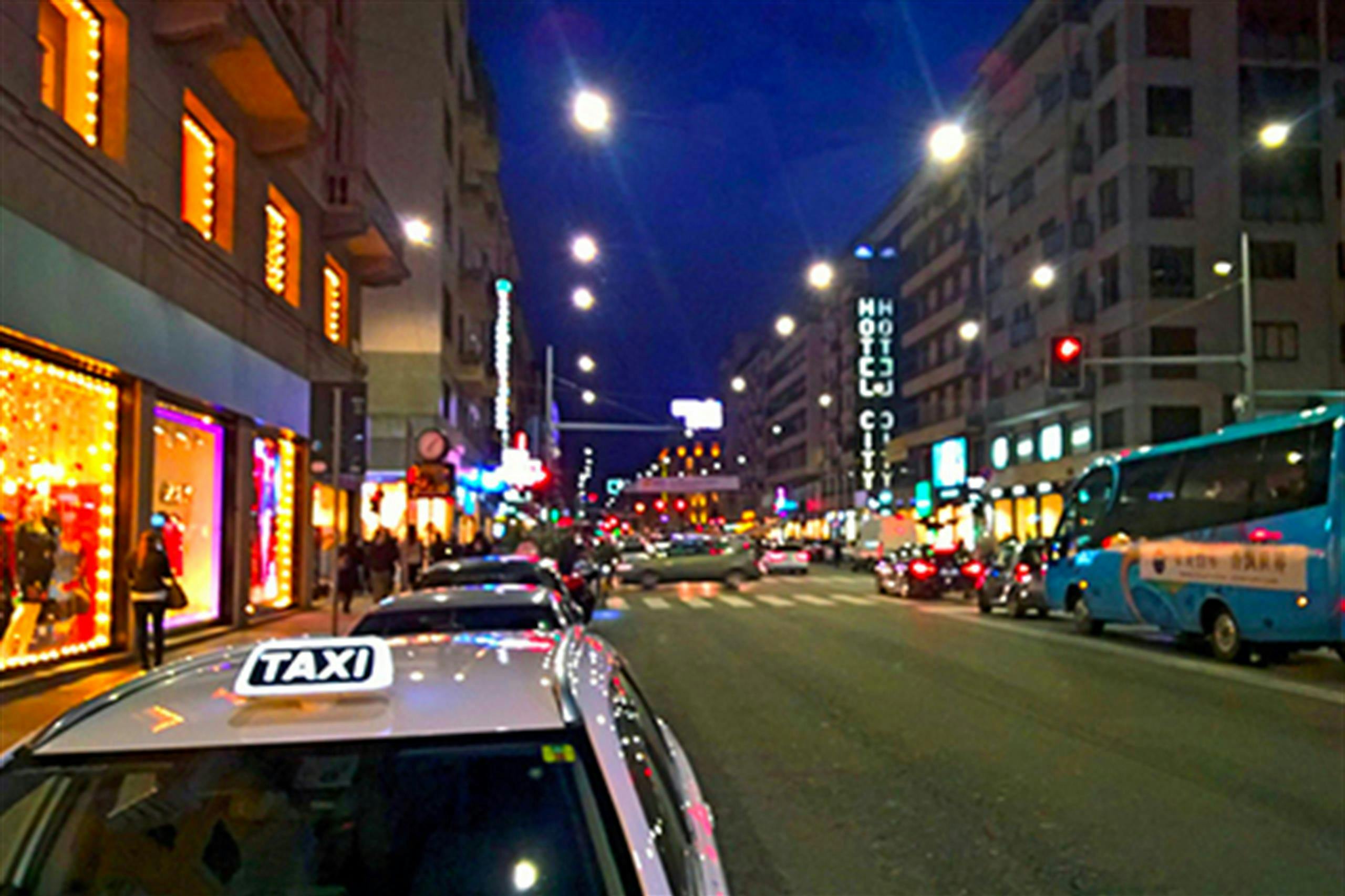ILLUMINATED SIGNS: WATCH OUT FOR TAXES
From taxes to be paid for non-advertising media to those on shade cast by shop blinds... The Italian law that regulates the tax of advertising relating to illuminated signs and not of shops is often a source of interpretations that, in recent times, have created many misunderstandings and problems for traders. But the regulation exists and it is quite precise: let's clarify it together.
One of the cases that attracted media interest took place in 2017 in Carbonia, a municipality in southern Sardinia. The company that manages the municipal advertising tax assessment service has launched a forceful plan to re-evaluate the size of the signs of numerous commercial, craft or service establishments. In most cases, discrepancies were found compared to what was assessed in previous years. And so many businesses risked having to pay high taxes on their signs.
One of the most common protests points out that luminous and traditional signs have been taken into consideration that, in reality, have little to do with advertising, such as flags, sails, blackboards and similar supports.
Another case that attracted attention of most comes from Conegliano Veneto, a town in the province of Treviso. Here some merchants have been sent an order for payment for the "shade tax" on the shadow projected onto the pavements by the signs of their shops. The tax stems from a very strict interpretation of a legislative decree of 1993 that equates the occupation of public land with the shadow that shops and bars cast on the sidewalks.
Quibbles aside, what does the regulationreally envisage ? The object foreseen by the tax is the so-called "commercial sign,” or the writing that shows the name of the subject, or the name of the company that carries out the activity and which serves to indicate to the public the place where the activity takes place. The legislation says that all signs that do not exceed a total area of five square meters are exempt from the tax. Once this limit is exceeded, merchants must pay the tax on the entire area.
To avoid any problems, in any case, the best choice is to rely on companies specialised in the creation of luminous and non-luminous signs. In Italy, one of the leading companies is Eliosneon, to which we owe the creation in the 30s of the first neon luminous sign in the history of our country.
